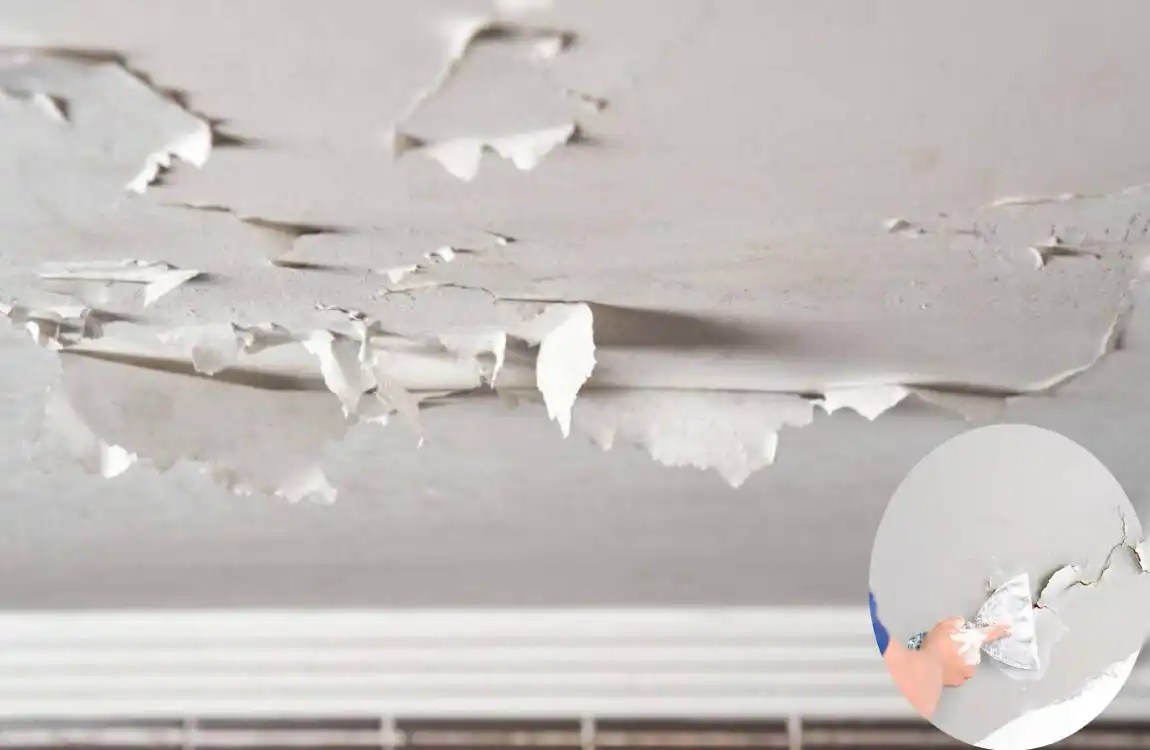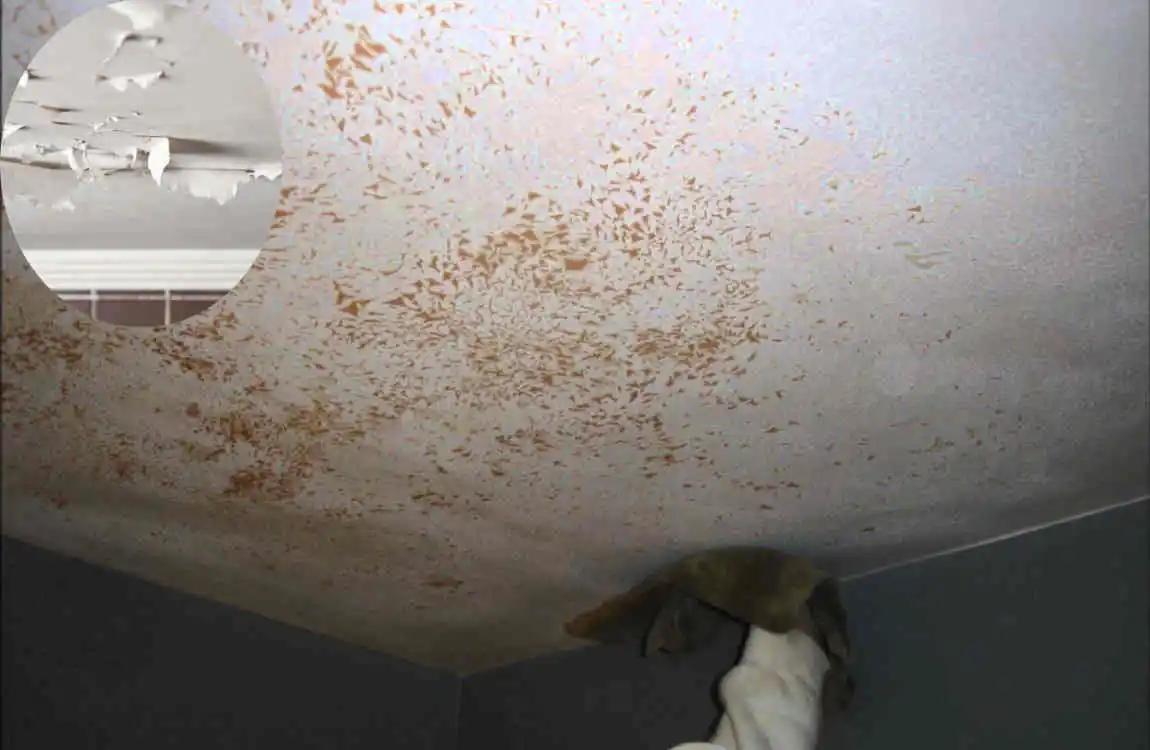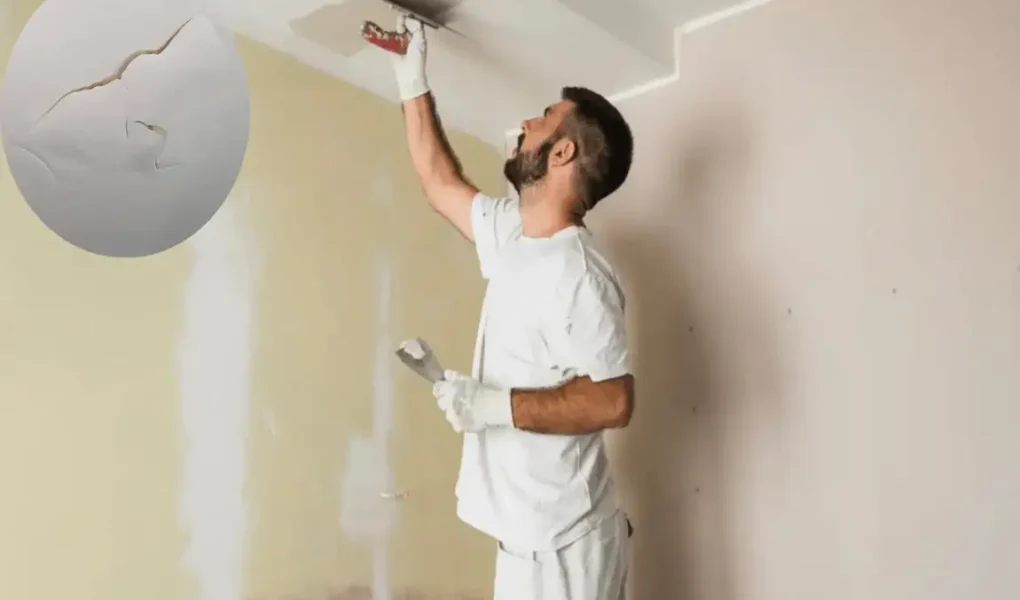Paint peeling in a bathroom is primarily caused by the high moisture and humidity levels typical of this space. Over time, moisture can seep under the paint, especially if the paint is old or cracked, breaking the bond between the paint and the wall surface. Poor ventilation, leaks, and condensation contribute to this problem, causing the paint to bubble, flake, and eventually peel off. Home Bathrooms often lack proper ventilation, such as windows, so inadequate or forgotten use of extractor fans worsens the issue. Additionally, mold and mildew growth from lingering moisture can cause paint to lift away from walls, making peeling a common occurrence in these environments.
Common reasons for paint peeling in bathrooms

Paint peeling in bathrooms can be frustrating. Understanding the common reasons behind this issue is crucial for maintaining a clean and organized space.
One significant factor is high humidity. Bathrooms often experience moisture build-up, which can weaken paint adhesion over time.
Another reason could be improper surface preparation before painting. If surfaces aren’t cleaned or appropriately primed, the paint may struggle to stick.
Using low-quality paint can also lead to problems. Cheaper options might not withstand the challenges of a humid environment and are more prone to peeling.
Mold and mildew growth contribute significantly. These fungi thrive in damp conditions and can eat away at the painted surface, leading to unsightly damage.
By recognizing these potential issues early on, homeowners can take proactive steps toward preserving their bathroom’s appearance.
High humidity and moisture are leading causes.
Bathrooms are notorious for high humidity levels. After a hot shower, steam fills the air and condenses on surfaces, creating an environment ripe for paint problems.
When moisture seeps into the walls, it can disrupt the bond between paint and surface. This leads to unsightly peeling or bubbling that detracts from the appearance of your bathroom.
The combination of heat and humidity creates conditions where mildew thrives. Mold not only damages paint but also poses health risks if left untreated.
Proper ventilation is crucial in combating these effects. Opening windows or using fans helps reduce moisture buildup, keeping your home bathroom drier and more comfortable.
Understanding how humidity impacts your space can empower you to take action before issues arise. Regularly checking for signs of dampness will save you time and money down the road.
Improper surface preparation before painting

Improper surface preparation is a silent saboteur in the painting process. If you skip this crucial step, you’re setting yourself up for failure. Walls that aren’t properly cleaned or sanded can lead to paint adhesion issues.
Dust, grease, and old paint residues can prevent new layers from sticking effectively. Even minor imperfections like cracks or holes need attention before applying fresh coats.
Taking time to patch and smooth surfaces will pay off in the long run. A well-prepared wall creates a solid foundation for your paint job.
Using a primer can also enhance adhesion, especially on previously painted surfaces or raw materials. This extra layer helps seal imperfections while ensuring durability against moisture.
Remember that good prep work not only affects appearance but also longevity. Investing effort up front means less hassle down the line with peeling and chipping paint.
Low-quality paint or incorrect application techniques
Using low-quality paint can lead to significant problems in a bathroom. Cheaper paints often lack the durability and moisture resistance needed for such a humid environment. As a result, they may start to peel or bubble soon after application.
Incorrect application techniques can exacerbate these issues. For instance, applying paint too thickly doesn’t allow proper drying time, leading to trapped moisture beneath the surface. This can create an ideal condition for peeling.
Choosing the right products is just as essential as knowing how to apply them correctly. Investing in high-quality materials paired with skilled technique will save you headaches and additional costs down the road.
You may also read (a step by step guide to building a house).
Mold and mildew growth in bathrooms
Mold and mildew thrive in damp environments, making bathrooms a prime target. These fungi love moisture, warmth, and darkness.
Once they settle in, they can create unsightly patches on walls and ceilings. The presence of mold not only disrupts the aesthetics but also poses health risks. Allergies and respiratory issues can arise from prolonged exposure.
The bathroom’s design often contributes to this problem. Poor ventilation traps humidity after showers or baths, allowing mold spores to flourish.
Keeping surfaces dry is crucial for prevention. Regularly wipe down tiles and glass doors after use to minimize moisture buildup.
Investing in a dehumidifier or an exhaust fan can significantly improve air circulation as well. The goal is to create an environment that’s less inviting for these unwanted guests while ensuring your bathroom remains fresh and healthy.
Tips for preventing paint peeling in bathrooms
To prevent paint peeling in your bathroom, start by choosing the right paint. Look for high-quality, moisture-resistant options specifically designed for humid environments.
Before applying paint, ensure that surfaces are cleaned and appropriately primed. Remove any old flaking paint and fill in cracks or holes to create a smooth base.
Ventilation is crucial. Install an exhaust fan if you don’t have one already. This will help reduce humidity levels after showers or baths.
Keep an eye on mold growth as well; it can contribute to peeling. Use mildew-resistant products and consider regular cleaning routines with appropriate solutions.
Maintain consistent temperature control. Sudden changes can impact painted surfaces adversely, so try to keep your bathroom environment stable whenever possible.
You may also read (why my house get hot at night).




